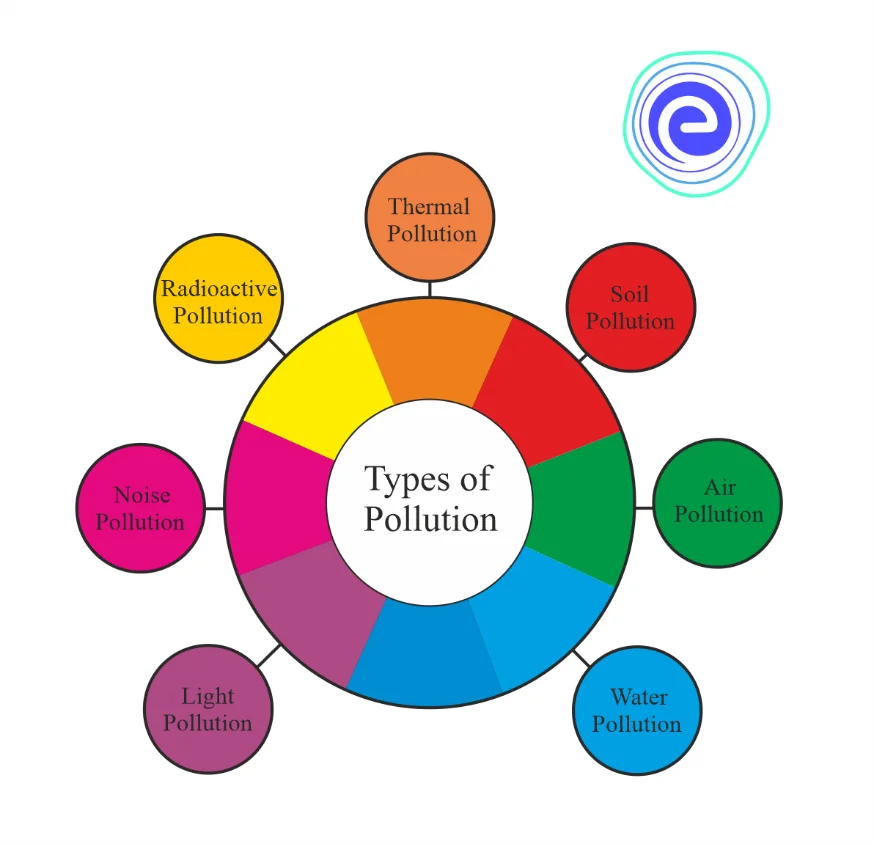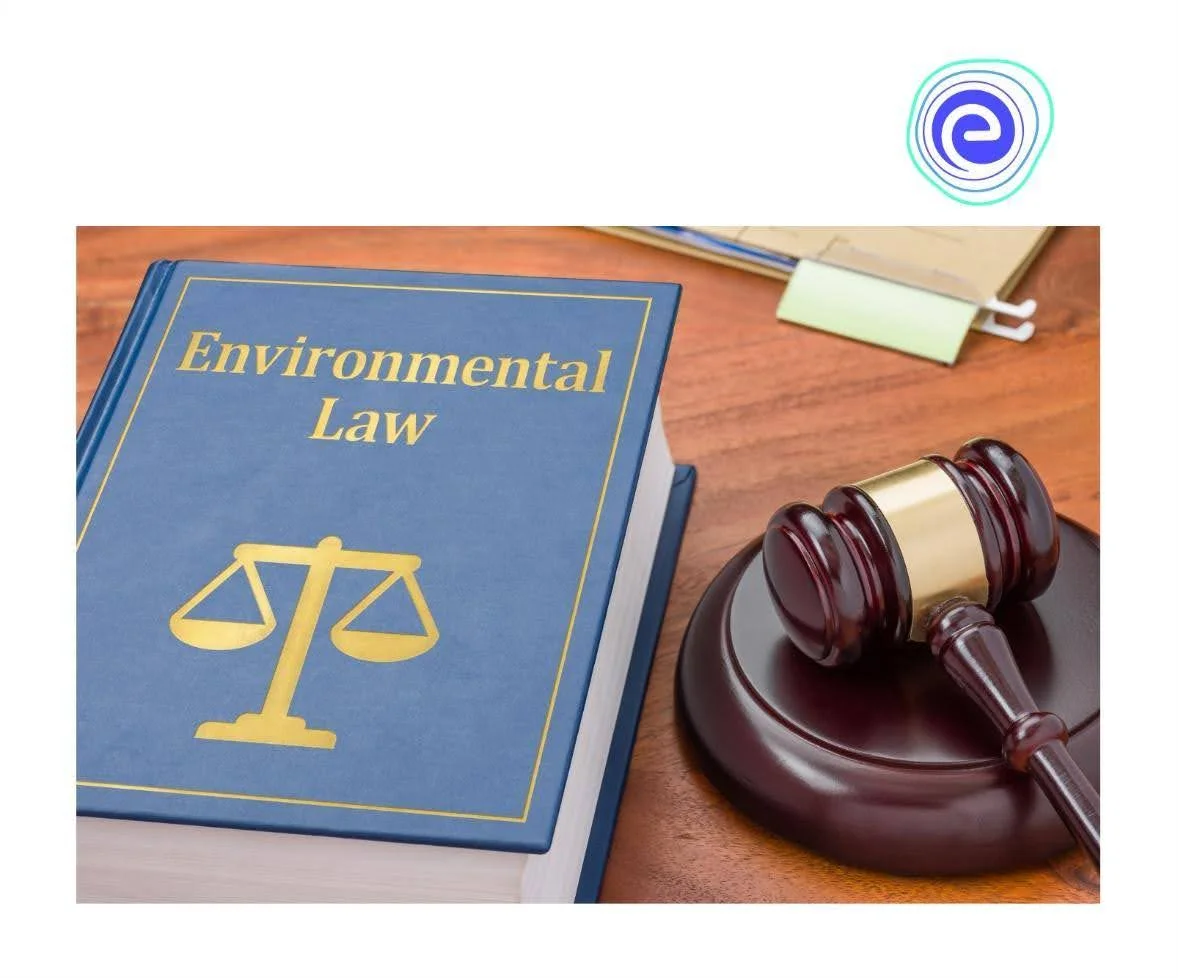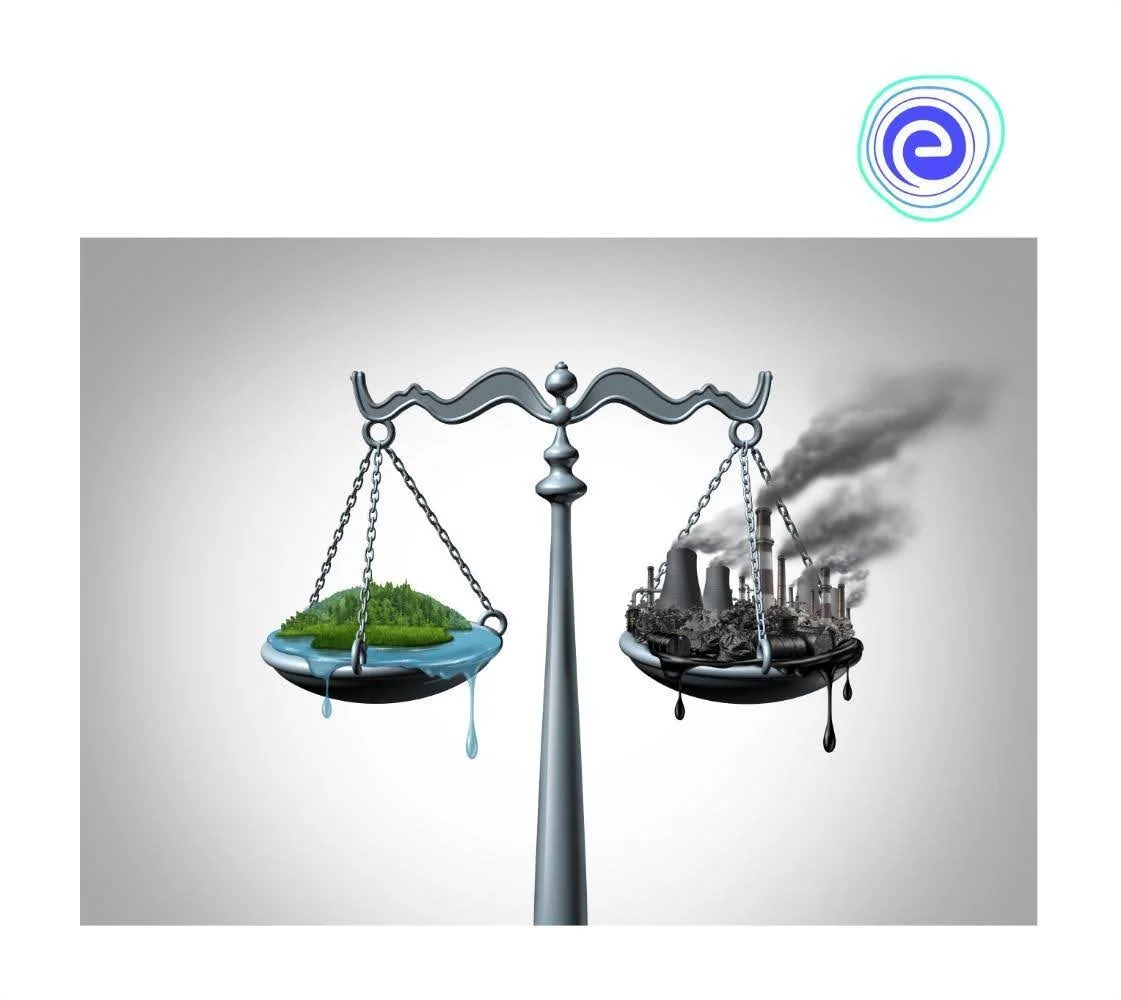- Written By
Shilpi Shikha
- Last Modified 15-02-2025
Environmental Laws for Controlling Pollution
Environmental Laws for Controlling Pollution: The Indian Government enacted the Environment Protection Act, 1986, in the wake of the Bhopal gas tragedy. 45 Tons of deadly methyl isocyanate (MIC) were spilt from a factory controlled by the US Union Carbide Corporation (UCC) in Bhopal in the early hours of December 3, 1984. The city saw disaster; over 15,000 died, pregnant women, miscarried, and 5 Lac people were affected. The Bhopal gas tragedy is not the only man-made environmental issue.
Global warming, greenhouse gas emissions, climate change, acid rain, endangered animal hunting, erosion etc., are causing severe damage to living beings. These environmental issues need to be taken seriously, and steps must be taken to address these. In the late 1960s, regulators began constructing our regulatory framework to encourage a more environmentally friendly industry. Environmental education and raising ecological awareness are two ways to ensure that humans do not harm the environment. Read further to learn more about environmental laws for controlling pollution.
Environment and Pollution
The environment encompasses all living and nonliving components, as well as their consequences on the existence of life. The word ‘environment’ is practically interchangeable with the words “habitat” or “physical environment” on the planet. The non-living part of the environment has three main parts: the atmosphere, the hydrosphere, and the lithosphere, which provide a habitat for all living organisms that make up our biosphere. A healthy environment is one that is clean, safe, secure, and livable.
Learn About Environmental Issues Here
Pollution is any undesirable change or addition of unwanted substances in the environment. The unwanted substance is called a pollutant. There are various kinds of pollution which are given in the image below.
Fig: Types of Pollution
The addition of even a tiny amount of pollutants disturbs the entire ecosystem. Hence, we need stronger laws to protect our environment as a whole, and there should be a proper mechanism in place to ensure its implementation.
Concern over the effects of environmental change has risen worldwide since the 1960s. There has been a substantive decline in environmental quality due to increasing pollution, loss of vegetal cover and biological diversity, the release of harmful chemicals in the ambient atmosphere and food chains, growing risks of environmental accidents, and threats to life support systems.
Fig: Pollution and waste from factories
Effects of Pollution
Pollution leads to adverse effects on our ecosystem. These negative effects include deforestation, species extinction, soil erosion, the receding groundwater level in the ground, global warming, Improper waste disposal, acid rain, climate change, erratic weather, infectious diseases etc. These negative effects are causing irreversible damages to the mountains, oceans, rivers, lakes, flora, and fauna. The cumulative effort of all of humankind is necessary to protect the environment.
Fig: Improper Waste Disposal
Environmental Laws
Environmental law is a collective term encompassing a body of law dedicated to protecting the natural environment from degradation because of human influence. Thus, broadly speaking, it is meant to protect the environment – air, water, soil, flora, fauna, and every other thing that matters for the survival of living beings, including plants, microbes, mountains, mineral deposits, oceans, rivers, lakes, etc.
In fact, these refer to a set of regulatory regimes that primarily focus on the management of specific natural resources, such as forests, minerals, or fisheries. Other areas such as the environmental impact assessment are not included under these but are nonetheless important components of the environment law. Regarding environmental protection and wildlife, several laws have been enacted from time to time.
Fig: Environmental Laws
In the wake of the Bhopal gas (the notorious methyl isocyanate gas) tragedy of the Bhopal Disaster, the Government (GoI) enacted the Environment Protection Act of 1986 under Article 253 of the Constitution (effective from November 19 1986). The purpose of the act is to implement the decisions of the United Nations Conference on the Human Environment held in Stockholm in June 1972.
Some significant environmental protection laws are discussed below.
The Environment (Protection) Act, 1986
The Environment (Protection) Act of 1986 was passed by the Indian Government in the aftermath of the Bhopal disaster. This act enables the Government of India to safeguard and improve environmental quality, control and decrease pollution from all sources, and prohibit or restrict any industrial facility’s establishment and/or operation based on environmental considerations.
Aims and Objective
- Implementing the conclusions made at the Stockholm United Nations Conference on the Human Environment.
- Establishment of a government agency charged with regulating industry and capable of issuing direct instructions, including closure orders.
- Bringing together the activity of many agencies that are all functioning under the same set of laws.
- Enacting environmental legislation on a regular basis.
- Those that threaten the environment, safety, or health face sanctions and fines. Each failure or violation has a penalty of up to five years in jail or a fine of up to Rs. 1 lakh, or both. In some situations, this can be extended for up to seven years.
- Participating in the environment’s long-term growth.
- Attaining protection of the right to life under Article 21 of the Constitution.
Main Provisions of this Act
The act gives the Government the authority to “take any such actions as it considers necessary or expedient for the purpose of safeguarding and enhancing the environment, as well as preventing, regulating, and abating environmental contamination.”
The Central Government has been given significant powers under this act, including the coordination of state action, the planning and execution of national programmes, the establishment of environmental quality standards, particularly those governing the emission or discharge of environmental pollutants, the restriction of the location of industries, and so on.
This was the first environmental legislation to grant the Central Government the authority to issue direct orders, such as orders to close, prohibit, or regulate any industry, operation, or process, as well as orders to stop or regulate the supply of electricity, water, or any other service to the industry, operation, or process. The Central Government was also given the authority to ensure compliance with the act, which included the authority to enter for the purpose of examination, testing of equipment, and other purposes, as well as the authority to analyse samples of air, water, soil, or any other substance from any location.
Other Important Environment Protection Acts
1. The Forest (Conservation) Act, 1980: The Biological Diversity Bill, which was tabled in Parliament on May 15, 2000, was referred to the Parliamentary Standing Committee on Science, Technology, Environment, and Forests for review and report.
The fundamental goal of this law is to safeguard India’s rich biodiversity and associated knowledge from being used by foreign persons and organisations without sharing the advantages that result from that usage, as well as to combat biopiracy. The act aims to sustain the environment and protect our country’s forests. This act also aims to rejuvenate the woods in our country by planting trees and increasing forest growth.
2. The Wildlife Protection Act, 1972: Wildlife Sanctuaries and National Parks are among the provisions of this act. It also prohibits the hunting of endangered animals and establishes licencing requirements for the sale, transfer, and ownership of wildlife.
3. Water (Prevention and Control of Pollution) Act, 1974: The main goals of this act are to provide for the prevention, control, and reduction of water pollution, as well as the maintenance or restoration of water’s wholesomeness. Its purpose is to measure pollution levels and penalise polluters.
4. Air (Prevention and Control of Pollution) Act, 1981: The act’s primary goals are to provide clean air to citizens and mandate that air pollution is avoided and regulated in every way possible. It also stipulates that air quality must be restored and maintained for the future.
5.The Indian Forest Act, 1927: The Indian Forest Act (1927) was enacted with the primary goal of ensuring exclusive governmental control of forests to supply the demand for timber. The majority of these unclaimed properties had formerly belonged to forest dwellers.
Most environmental laws fall into a general category of law known as “command and control.” Such laws typically involve three elements:
(1) Identification of a type of environmentally harmful activity;
(2) Imposition of specific conditions or standards on that activity, and
(3) Prohibition of forms of the activity
Loopholes and Amendments
The whole world is suffering from pollution and related issues. Scientists had predicted this long back, and governments worldwide have been discussing the issue, enacting laws, amending them, plugging the loopholes, extending its scope, and issuing advisories, too.
There are many barriers to environmental law implementation. These include employee opposition, a lack of financial resources and qualified employees, a lack of awareness, a lack of treatment methods, and a lack of government backing.
Poor coordination among government institutions, a lack of institutional capacity, a lack of access to information, corruption, and inhibited citizen participation are also the problems that inhibit the effective implementation of environmental law.
The emission of greenhouse gases from many sources is choking our planet and placing the lives of billions of people, animals, birds, and plants in danger. Global heating is affecting every region on earth, with many of the changes becoming irreversible. The evidence is irrefutable. India experienced its hottest decade between 2010 -2019 and will continue to suffer more frequent and intense heatwaves, extreme rainfall events and erratic monsoons, and more cyclonic activity in the coming decades.
Fig: Strict Laws Against Environmental Pollution
Environmental scientists, social scientists, and health management experts have suggested that we have no escape routes other than following corrective measures for limiting climate change. They have issued strict warnings, act now, else be prepared to face unending miseries.
Aftermath of Law Implementation
Substantial and sustained reductions in carbon emissions and other greenhouse gases could quickly improve air quality, and global temperatures could stabilise in 2 – 3 decades. Essentially speaking, environmental policy can include laws and policies addressing water and air pollution, chemical and oil spills, smog, drinking water quality, land conservation and management, and wildlife protection, such as the protection of endangered species. The concept known as Transboundary responsibility is an obligation to protect one’s environment and prevent damage to the neighbouring environment.
Summary of Environmental Laws for Controlling Pollution
The government bodies, scientists, social & environmental activists, and the public have been expressing their concerns from time to time regarding the alarmingly high risk of environmental deterioration. While the Government has come out with several Acts, active public participation and transparency are a must. The precautionary principle needs to be adopted as a habit. Then only the damaging wave of pollution may be prevented. Some additional measures taken by the Government include the declaration of restricted areas and promulgation of more sharp-edged Acts.
Frequently Asked Questions (FAQs)
Q.1. Which gas caused the massive deaths in Bhopal Gas Tragedy?
Ans: Methylisocyanate (MIC) caused massive deaths in Bhopal Gas Tragedy.
Q.2. What is the punishment for the violation of the Environment Protection Act?
Ans: A sentence of up to five years in jail, or a fine of up to INR 100,000, or both.
Q.3. What are the six important environmental laws?
Ans: The Environment (Protection) Act, 1986; The Forest (Conservation) Act, 1980; The Wildlife Protection Act, 1972; Water (Prevention and Control of Pollution) Act, 1974; Air (Prevention and Control of Pollution) Act, 1981 and The Indian Forest Act, 1927.
Q.4. Why do environmental laws fail?
Ans: Factors such as weak financial status, lack of awareness and corruption fail proper implementation of environmental laws.
Q.5. What are the drawbacks of environmental laws?
Ans: The main drawbacks are no powers to the state governments and no mention of public participation.
Learn About Environmental Pollution Here
We hope this detailed article on Environmental Laws for Controlling Pollution is helpful to you. If you have any queries, drop a comment below, and we will get back to you.













































